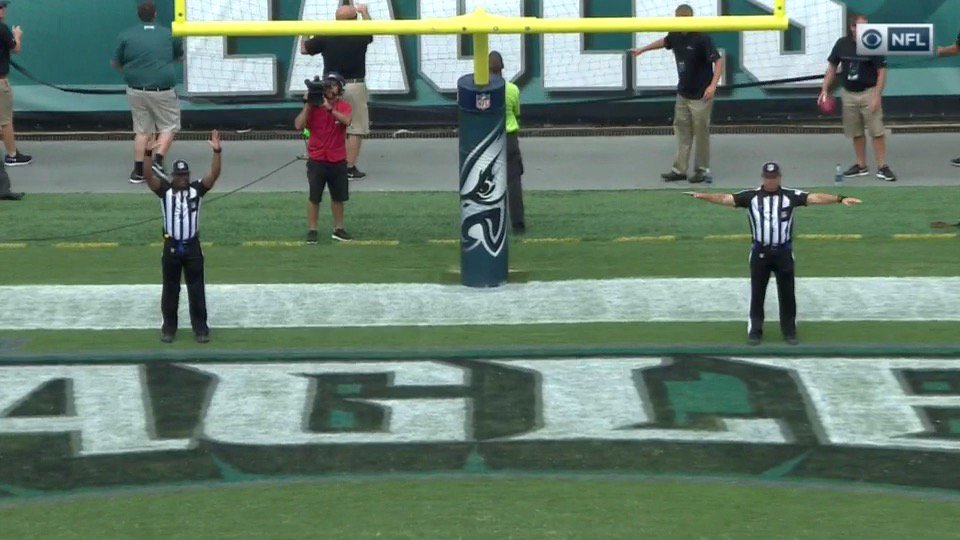NCUA, BCFP Clarify Supervisory Guidance; Updated Truth In Lending Thresholds for 2019
Written by Reginald Watson, Regulatory Compliance Counsel, NAFCU
Greetings Compliance friends! Football is finally back in full swing and all is right with the world! That's not the only big news this week: On Tuesday, September 11, 2018, NCUA, together with the Bureau of Consumer Financial Protection, Federal Reserve, FDIC, and Office of the Comptroller of the Currency issued a joint statement clarifying the role of “supervisory guidance” and the regulators' approach to such guidance. The explanation noted that supervisory guidance "does not have the force and effect of law" and that the agencies "do not take enforcement actions based on supervisory guidance." Going forward, the agencies said they will limit the use of "numerical thresholds or other 'bright-lines' in describing expectations in supervisory guidance." However, the bulletin also takes care to note that:
During examinations and other supervisory activities, examiners may identify unsafe or unsound practices or other deficiencies in risk management, including compliance risk management, or other areas that do not constitute violations of law or regulation. In some situations, examiners may reference (including in writing) supervisory guidance to provide examples of safe and sound conduct, appropriate consumer protection and risk management practices, and other actions for addressing compliance with laws or regulations. (Emphasis added.)
While the bulletin reinforces that guidance does not have the full weight of law as compared to statutes and regulations, this does not mean supervisory guidance does not matter as these documents still indicate an agency’s view of safe and sound practices. Operating outside of such guidance may lead to heightened scrutiny during an exam, and the bulletin does not change NCUA’s broad authority to examine federally insured credit unions as set forth in §1784 the Federal Credit Union Act.
The bulletin also seems to indicate that perhaps future supervisory guidance will be less prescriptive. For football fans like me, this may evoke memories of a similar situation from the Eagles-Browns season opener a few years back:

***
2019 Adjusted Threshold Levels for Truth in Lending Regulations
Separately, the Bureau of Consumer Financial Protection issued its annual inflation-based adjustments of certain threshold dollar amounts for transactions covered under Regulation Z (which implements the Truth in Lending Act). See, 83 FR 43503. The changes include regulations under the Credit Card Accountability Responsibility and Disclosure Act of 2009 (CARD ACT), the Home Ownership and Equity Protection Act of 1994 (HOEPA), and the Dodd-Frank Wall Street Reform and Consumer Protection Act (Dodd-Frank Act). These are based on the annual percentage change reflected in the Consumer Price Index in effect on June 1, 2018, and will become effective on January 1, 2019. Below is a summary of the notable adjustments:
Credit Cards
Regulation Z prohibits a card issuer from imposing a fee for violating the terms or other requirements of a credit card account under an open-end (not home-secured) plan unless the fee “represents a reasonable proportion of the total costs” incurred for the violation, or is within the safe harbor provision of 12 C.F.R. section 1026.52(b). If a credit card issuer charges anything up to the safe harbor amount for certain violations, it is considered to be in compliance with Regulation Z. The threshold that triggers requirements to disclose minimum interest charges will remain unchanged at $1.00 in 2019.
The penalty fees safe harbor for violating the terms of an account will increase by $1 from the 2018 amount to:
- $28 for a first late payment; and
- $39 for each subsequent late payment over six months.
Ability-to-Repay/Qualified Mortgage
For dollar amounts related to determining a borrower’s ability to repay a transaction secured by a dwelling, the threshold for qualified mortgages in 2019 will require that total points and fees not to exceed:
- 3 percent of the total loan amount for a loan greater or equal to $107,747;
- $3,232 for a loan amount greater or equal to $64,648 but less than $107,747;
- 5 percent of the total loan amount for a loan greater or equal to $21,549 but less than $64,648;
- $1,077 for a loan amount greater or equal to $13,468 but less than $21,549; and
- 8 percent of the total loan amount for a loan less than $13,468.
Home Ownership and Equity Protection Act (HOEPA) Loans
Regulation Z sets additional requirements for high-cost mortgages. To be considered a high-cost mortgage, the transaction must be secured by the consumer’s principal dwelling and the APR and loan amount have to be over a certain threshold. For 2019, the total loan amount threshold will be increased to $21,549 and the adjusted points and fees must exceed 5% of the total loan amount. See, 12 C.F.R. § 1026.32(a)(ii). Loans below $21,549 will also be considered a high-cost transaction if the points and fees exceed the lesser of 8% of the total loan amount or $1,077.
For more information on Regulation Z's 2019 adjusted thresholds, check out the BCFP’s press release as well as the rule in the Federal Register. I'm so glad to have football back!
